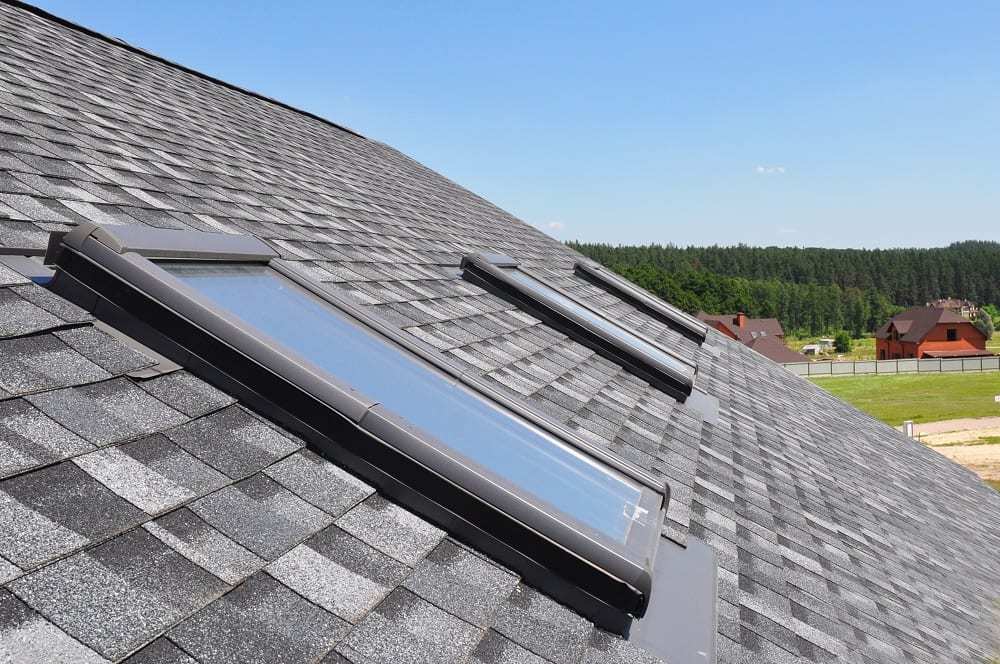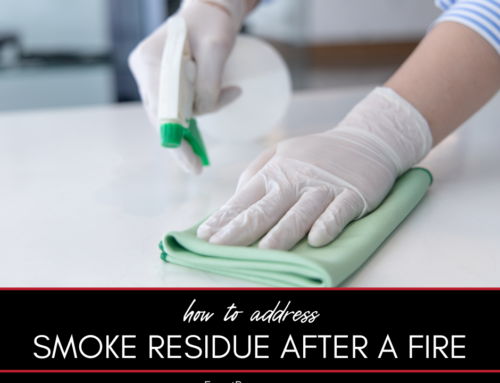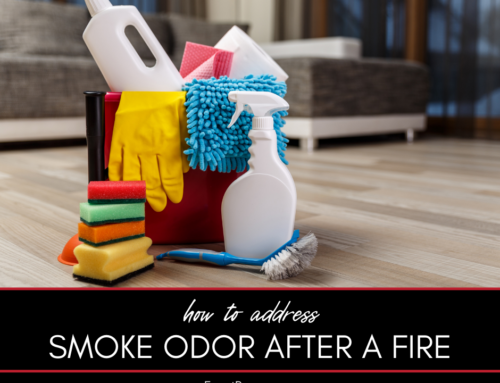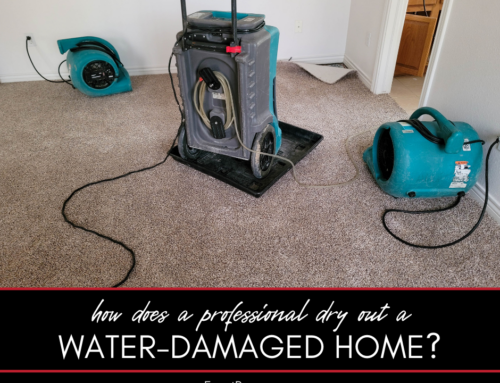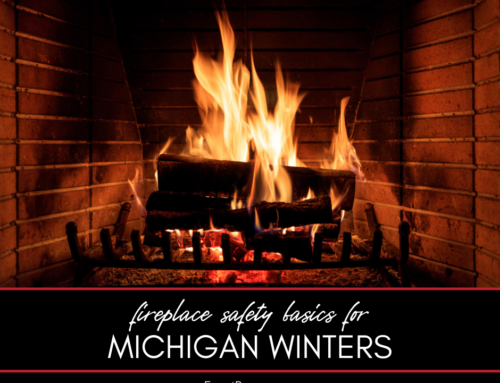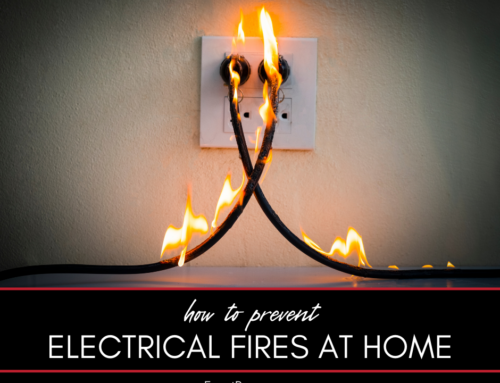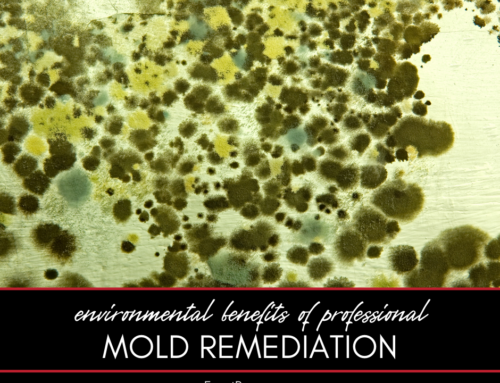Whether you live in a fire-prone area or not, choosing fire-resistant roofing for your home is a smart move. Burning embers can be blown onto your roof before a fire reaches your area. Fire-resistant roofing gives your home a better chance of survival. These roofing options can help keep you covered.
Slate
Slate offers fire-resistance along with the beauty of natural rock, but it can be a pretty expensive choice. And although it’s virtually indestructible it comes with a caveat: its heavy weight may require additional support beams or braces for your roof. So a qualified contractor or engineer will have to determine the load-bearing ability of your roof before slate is installed.
Metal
You can opt to have your roof clad with zinc, steel, stainless steel, copper, or another metal alloy. Not only are metals fire-resistant but they are especially useful in damp and salty coastal areas, and most are non-corrosive and resistant to algae and mildew. Metal sheets and shingles can be made to look like cedar shake and other roofing materials. For roofs with steep slopes, lightweight metals are a more practical choice than heavy materials like slate.
Concrete and Clay Tiles
Concrete and clay tiles are durable, fireproof materials that are often used for Spanish, Mission, and Southwest architecture in the form of rounded tiles. Much like slate roofs, additional supports or braces may be needed to compensate for the added weight on your roof.
Asphalt Shingles
Asphalt shingles are some of the most inexpensive and most commonly-used residential roofing materials, especially in areas that aren’t fire-prone. Class A asphalt shingles can withstand a fire burning through their wooden structural components for up to two hours. In areas that are predisposed to fires, asphalt shingles are not an optimal choice.


